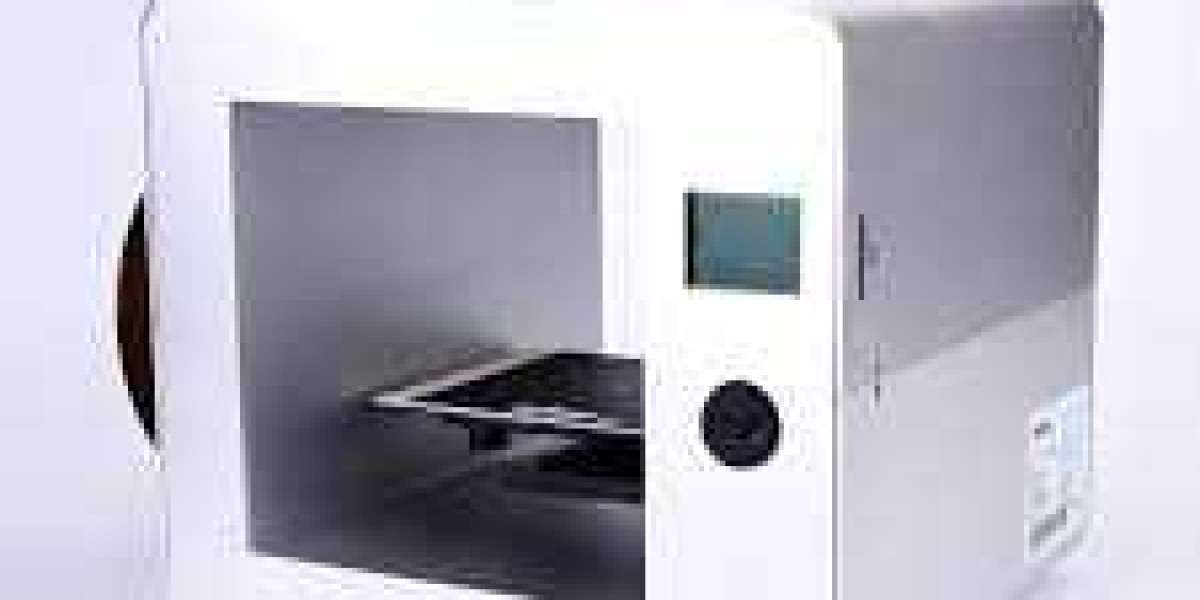One key factor that significantly impacts filament performance is moisture absorption. Most filaments, especially hygroscopic materials like PLA, ABS, and PETG, can absorb moisture from the air, leading to printing issues such as bubbling, poor layer adhesion, and stringing. To combat this, filament dryers are commonly used to remove moisture and restore the filament's ideal condition for printing. A crucial aspect of this process is calibrating the temperature of the filament dryer to ensure optimal drying without damaging the filament.
Why Calibration Temperature Matters
Each type of filament has its specific temperature requirements for drying. If the filament dryer is set at too low a temperature, it may not effectively remove the moisture, leaving the filament compromised and resulting in poor print quality. On the other hand, setting the temperature too high can cause the filament to soften, warp, or even melt inside the dryer, rendering it unusable.
Therefore, calibrating the temperature correctly ensures that the filament is dried efficiently without risking damage. This calibration is based on the material properties of the filament and must be adjusted according to the specific type of filament being dried.
Recommended Drying Temperatures for Common Filaments
Different filaments require different drying temperatures to achieve optimal results. Here are some common filaments and their recommended calibration temperatures for filament dryers:
PLA (Polylactic Acid)
PLA is one of the most commonly used filaments, and it is moderately hygroscopic. PLA should be dried at a temperature of around 40°C to 50°C. Calibrating your filament dryer to this range will effectively remove moisture without compromising the filament’s integrity.
ABS (Acrylonitrile Butadiene Styrene)
ABS is more hygroscopic than PLA and can be affected by moisture more severely. To properly dry ABS filament, the recommended temperature is between 70°C and 80°C. Keeping the temperature within this range ensures the filament is dried thoroughly while maintaining its mechanical properties.
PETG (Polyethylene Terephthalate Glycol)
PETG is another popular filament that tends to absorb moisture quickly. The ideal drying temperature for PETG is around 65°C to 70°C. Calibrating your dryer to this range will remove excess moisture and improve print quality by reducing the chances of stringing or oozing during extrusion.
Nylon
Nylon is one of the most hygroscopic filaments, making proper drying essential. For nylon, the filament dryer should be calibrated to a higher temperature range of 70°C to 90°C. This ensures that the moisture is effectively eliminated, preventing issues such as warping and weak layer bonding.
How to Calibrate Your Filament Dryer
Calibrating your filament dryer requires careful consideration of the filament you are using. Most filament dryers come with adjustable temperature settings, allowing you to fine-tune the dryer based on the type of material. Here are some key steps for proper calibration:
Identify the Filament Type: Before starting the drying process, identify the type of filament you are using and refer to the manufacturer’s recommended drying temperature.
Adjust the Temperature Settings: Set the filament dryer to the recommended temperature range for your specific filament.
Monitor the Process: Keep an eye on the filament during the drying process. Ensure that the filament does not soften or show signs of warping due to excessive heat.
Test Before Printing: After drying the filament, run a test print to ensure that the filament performs optimally and that moisture-related issues are resolved.
Conclusion
The calibration temperature of filament dryers plays a crucial role in ensuring that your filament remains in optimal condition for printing. By adjusting the temperature based on the specific type of filament and following the manufacturer’s guidelines, you can prevent moisture-related problems and improve the overall quality of your 3D prints. Properly dried filament not only ensures smoother prints but also prolongs the life of your material.








